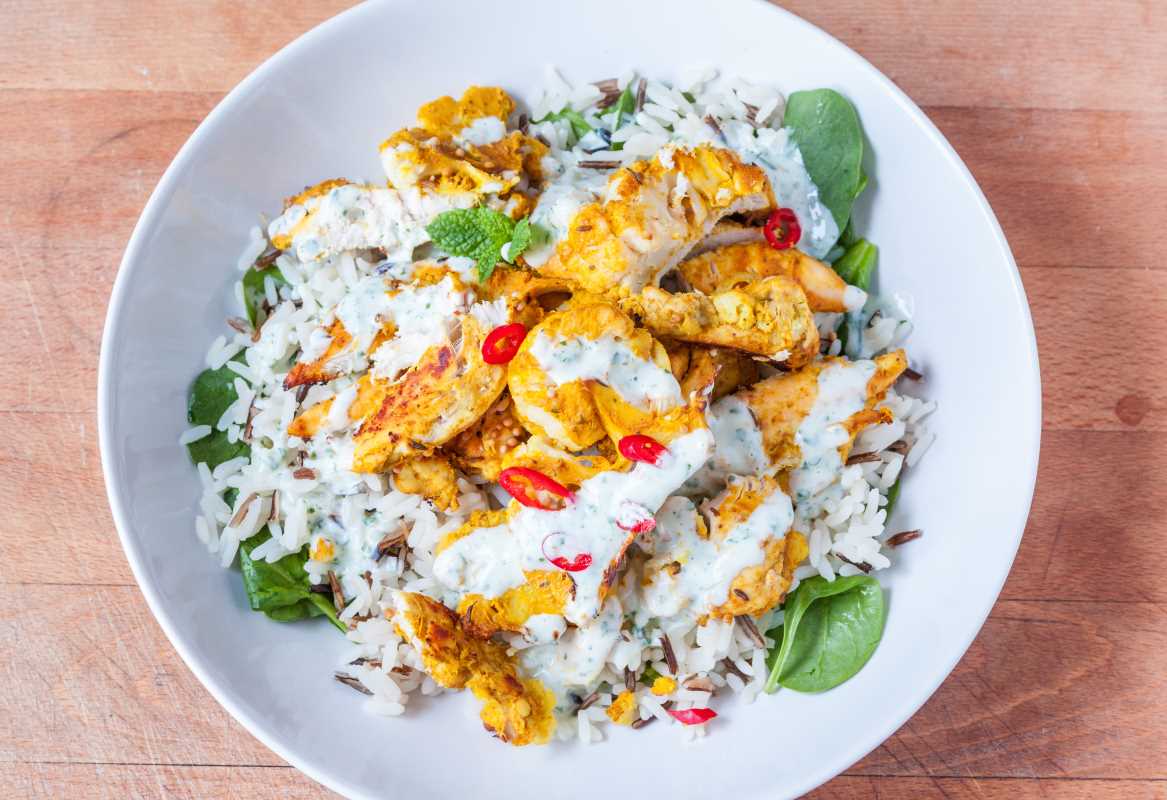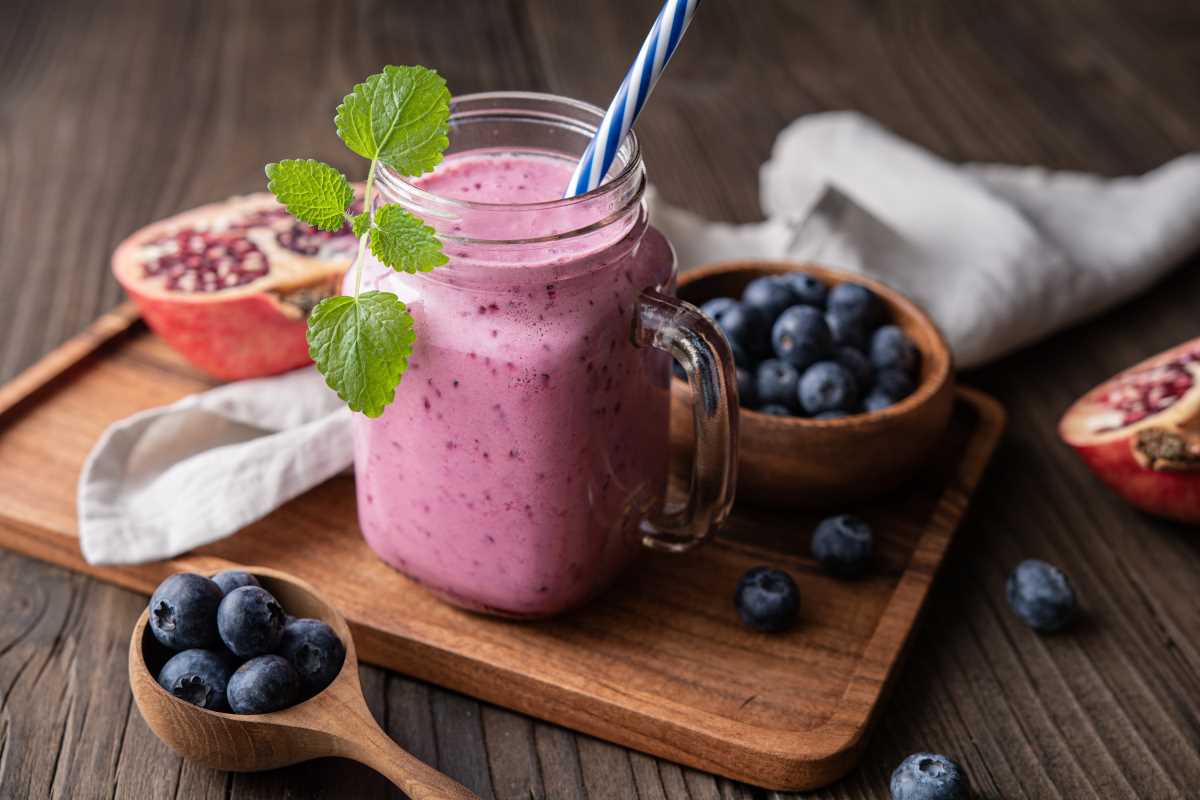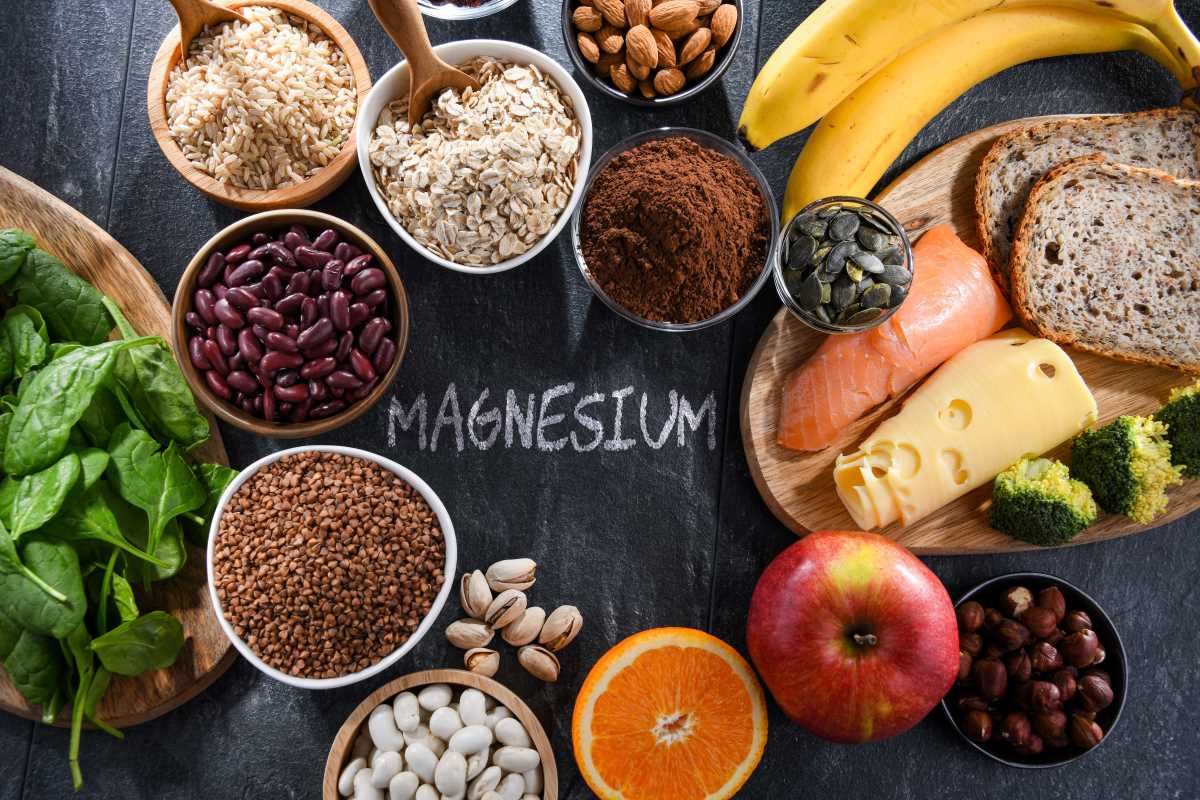As you step into your middle years, you may start noticing subtle changes in your body. Maybe your joints are a bit stiffer in the morning, or you feel more fatigued after certain meals. A big culprit behind these symptoms could be inflammation. While inflammation is a normal part of the body’s immune response, chronic inflammation can lead to various health problems, including arthritis, diabetes, and heart disease. The good news? Your diet can play a huge role in fighting inflammation.
Certain foods are naturally packed with anti-inflammatory properties, and incorporating them into your meals can make a big difference. This guide will walk you through the best anti-inflammatory foods for middle-aged adults, explain how they help, and suggest ways to easily include them in your daily diet.
What Is Chronic Inflammation?
To understand why anti-inflammatory foods matter, it helps to know what chronic inflammation is. Unlike the short-term inflammation you may experience after a cut or scrape (think redness and swelling), chronic inflammation sticks around for the long haul. It’s like a low-level fire smoldering inside your body, often without obvious symptoms.
Over time, this prolonged inflammation can harm healthy tissues and lead to conditions like:
- Heart disease
- Type 2 diabetes
- Osteoarthritis
- Certain cancers
Diet plays a major role in managing inflammation. While processed foods, excess sugar, and unhealthy fats can fuel inflammation, anti-inflammatory foods can help put the fire out.
Top Anti-Inflammatory Foods to Include in Your Diet
1. Fatty Fish
Fatty fish like salmon, mackerel, sardines, and tuna are some of the best foods for fighting inflammation. They’re loaded with omega-3 fatty acids, which have been shown to reduce inflammatory markers in the body.
Why They’re Great
Omega-3s help decrease the production of molecules and substances that drive inflammation, such as cytokines and prostaglandins. Eating fatty fish a few times a week can significantly lower your risk of inflammatory diseases like heart disease and rheumatoid arthritis.
How to Include Them
- Grill up salmon for a delicious weeknight dinner.
- Add canned tuna or sardines to salads.
- Start your day with smoked mackerel on whole-grain toast.
2. Leafy Greens
Spinach, kale, Swiss chard, and other leafy greens are packed with antioxidants and nutrients like vitamin K, vitamin C, and folate, all of which combat inflammation.
Why They’re Great
Antioxidants help neutralize harmful free radicals that contribute to inflammation and damage cells. Vitamin K also plays a role in lowering inflammatory markers in the bloodstream.
How to Include Them
- Toss a handful of spinach into your morning smoothie.
- Make kale chips for a crunchy, healthy snack.
- Use mixed greens as a base for lunch salads.
3. Berries
Brightly colored berries such as strawberries, blueberries, raspberries, and blackberries are anti-inflammatory powerhouses thanks to their high levels of polyphenols and vitamins.
Why They’re Great
Berries contain antioxidants called anthocyanins, which not only give them their vibrant color but also reduce inflammation and improve heart health.
How to Include Them
- Sprinkle berries over yogurt or oatmeal.
- Blend them into smoothies for a refreshing treat.
- Enjoy a handful as a simple, no-prep snack.
4. Turmeric
This golden spice is a popular anti-inflammatory superfood, and its benefits come from an active compound called curcumin.
Why It’s Great
Curcumin has anti-inflammatory effects comparable to some over-the-counter medications. It works by blocking NF-kB, a molecule that activates inflammation in the body.
How to Include It
- Stir turmeric into soups, stews, or rice dishes.
- Add a pinch to scrambled eggs for a colorful twist.
- Drink turmeric tea or golden milk for a soothing beverage.
5. Nuts and Seeds
Walnuts, almonds, flaxseeds, and chia seeds are nutrient-dense foods high in healthy fats and antioxidants.
Why They’re Great
The omega-3 fatty acids in walnuts and the polyphenols in seeds help reduce inflammation while promoting brain and heart health.
How to Include Them
- Snack on a small handful of mixed nuts.
- Sprinkle flaxseeds or chia seeds over oatmeal or salads.
- Blend almond butter into smoothies for a creamy texture.
6. Extra Virgin Olive Oil
When it comes to cooking fats, extra virgin olive oil is one of the healthiest choices. It’s rich in monounsaturated fats and oleocanthal, a compound with anti-inflammatory properties.
Why It’s Great
Oleocanthal acts similarly to ibuprofen, reducing inflammation and pain in the body. Research also links olive oil to a lower risk of heart disease.
How to Include It
- Drizzle olive oil over salads or roasted vegetables.
- Use it as a dip for whole-grain bread.
- Substitute it for butter in cooking whenever possible.
7. Whole Grains
Unlike refined grains, whole grains like quinoa, brown rice, and oats retain their fiber and nutrients, making them a valuable part of an anti-inflammatory diet.
Why They’re Great
Whole grains are high in fiber, which helps improve gut health. A healthy gut can lower systemic inflammation and support overall well-being.
How to Include Them
- Swap white rice for quinoa or brown rice in your meals.
- Start your morning with a bowl of steel-cut oats.
- Use whole-grain pasta for your favorite pasta dishes.
8. Green Tea
Green tea has been celebrated for its health benefits for centuries, and much of this comes down to its high levels of epigallocatechin gallate (EGCG).
Why It’s Great
EGCG is a powerful antioxidant that combats inflammation and protects cells from damage. Green tea also supports brain health and has been linked to reduced risks of heart disease.
How to Include It
- Enjoy a relaxing cup of green tea in the morning.
- Make iced green tea for a refreshing afternoon drink.
- Try matcha, a powdered form of green tea, for a concentrated boost.
9. Brightly Colored Vegetables
Bell peppers, carrots, tomatoes, and sweet potatoes are loaded with beta-carotene, vitamin C, and other anti-inflammatory nutrients.
Why They’re Great
The vibrant pigments in these vegetables come from phytonutrients, which help reduce oxidative stress and inflammation.
How to Include Them
- Roast sweet potatoes as a side dish or add them to salads.
- Slice bell peppers and carrots for a crunchy snack.
- Make a hearty vegetable soup filled with brightly colored veggies.
Foods to Limit for Better Results
While eating anti-inflammatory foods is important, it’s just as essential to limit foods that fuel inflammation, such as:
- Sugary drinks and desserts
- Processed snacks or fast food
- Red and processed meats
- Refined carbohydrates (like white bread and pasta)
Reducing these foods while focusing on anti-inflammatory choices can dramatically improve your health.
 (Image via
(Image via





